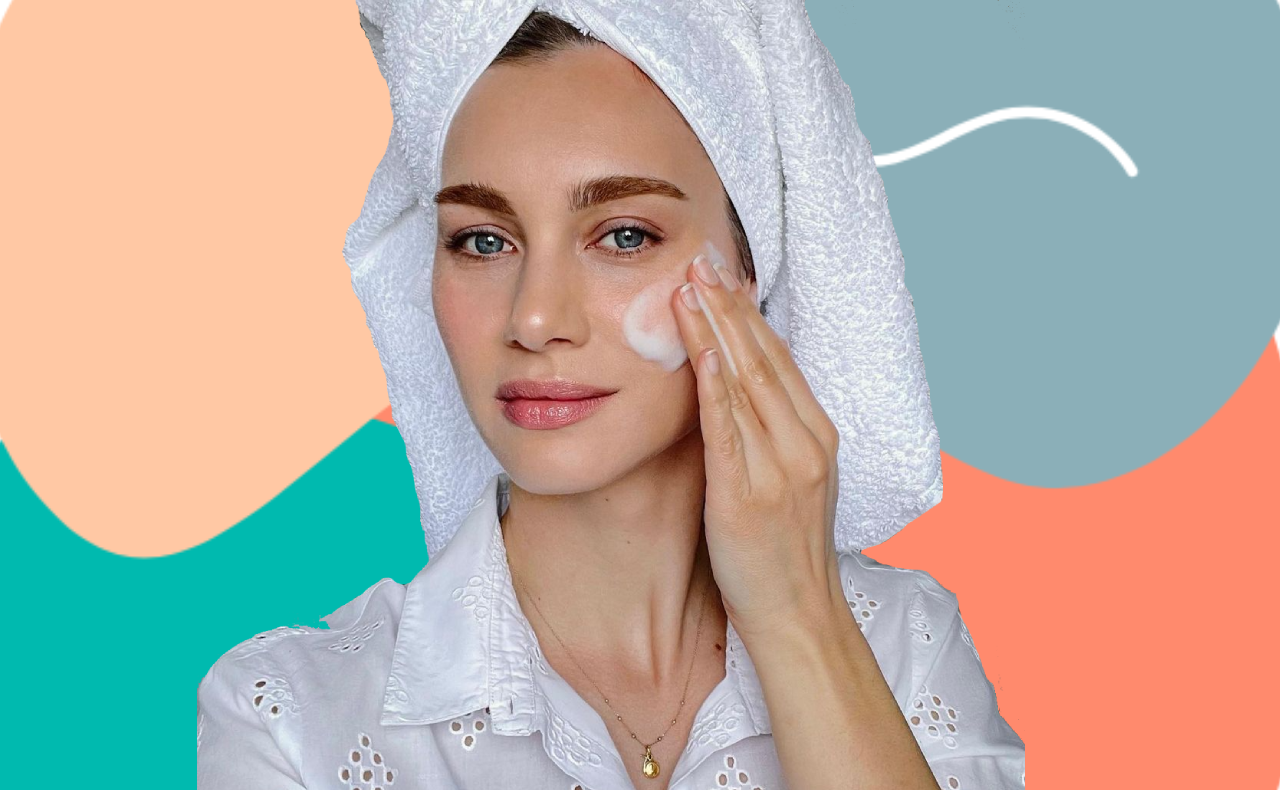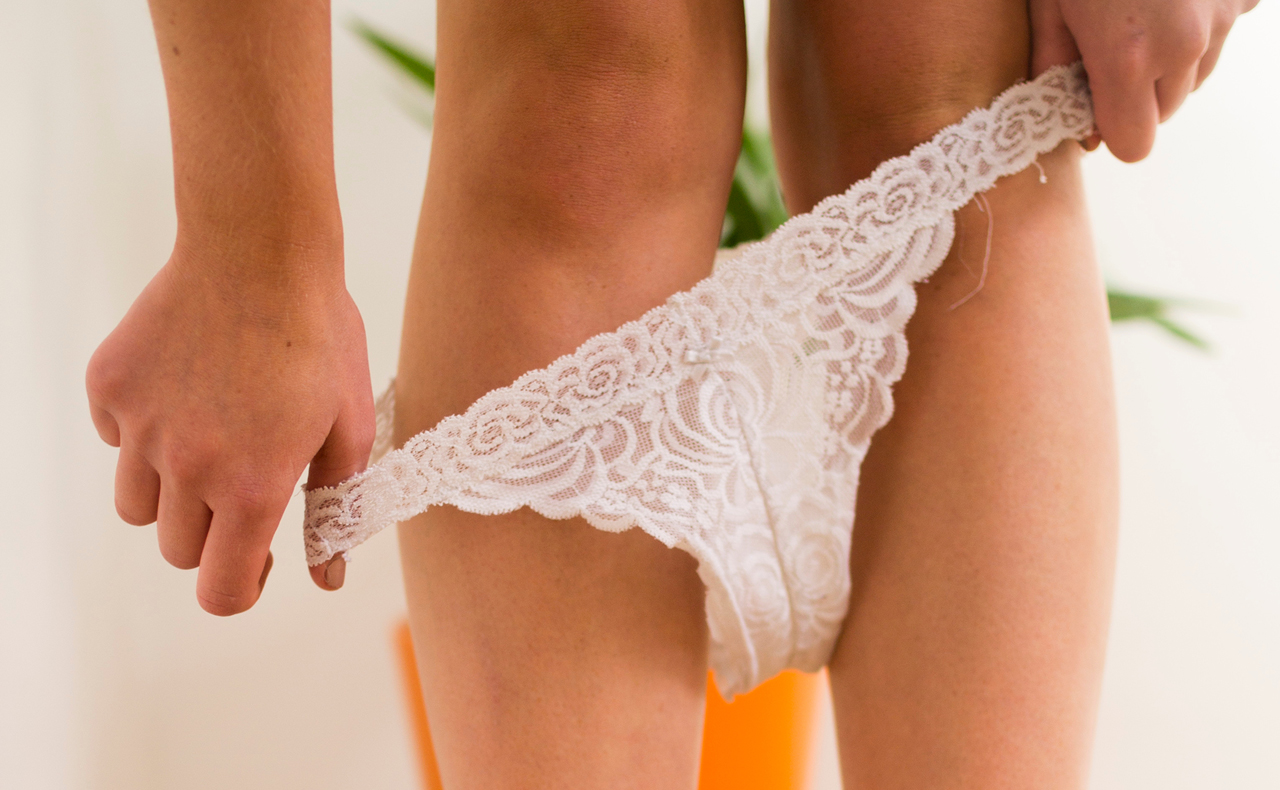Written: January 2007
A smooth, soft and hair-free bod is non-negotiable in summertime. But before you reach for a razor or the tub of wax that’s been sitting in your bathroom cabinet since last summer, be aware that, if not done correctly, hair removal can lead to a nasty skin infection called folliculitis. Here’s how to de-fuzz without risking it…
What is folliculitis?
While its name may not be familiar, you’ve probably already experienced folliculitis in one form or another. But being common doesn’t mean it’s a small deal. A bacterial infection of the hair follicle, folliculitis can result in discomfort, inflammation and, in more severe cases, permanent hair loss or discolouration of the skin.
Emma Hobson from the International Dermal Institute explains that folliculitis can look like a rash or mild skin irritation: “It usually involves some itching, redness and sometimes a little soreness. It often looks like acne pimples or non-healing sores.”
Folliculitis begins when hair follicles are damaged by friction from clothing, by skin cells or debris forming blockages in the follicle or by hair removal processes such as waxing, shaving and epilation. The damaged follicle then becomes infected with bacteria, usually staphylococcus, which results in inflammation of the skin. Folliculitis can occur on any hair baring area of the body but is most common on the lower legs, thighs, back and buttocks.
Lydia Jordane is the managing director of Lycon, a cosmetic company that makes precision waxing products, and has worked in the hair removal industry for over 30 years. She advises that folliculitis can result from both shaving and waxing but is more common when the hair is completely removed from the follicle, as with waxing.
“Bacteria exists everywhere; it is in the atmosphere and on our bodies. However, in the main we are resilient to it.
“Waxing removes the hair from root level, causing a minute tear at the base of the follicle, which may result in temporary bleeding if the hair is very tough and strong. Once the follicle is empty, bacteria can easily enter the empty follicle, which can then become infected resulting in folliculitis – an infected, angry and inflamed follicle.”
Dr Tanya Gilmour from the Australasian College of Dermatologists says mild folliculitis should usually subside within a few days but in some cases can develop into something more serious.
“Bacterial folliculitis can become more widespread or develop into a more severe infection and can mark or scar.”
The infection can turn into large, swollen puss-filled sores such as boils and carbuncles, which can lead to permanent hair loss and pigmentation of the skin around the infected area. In some cases, the infection can spread through the bloodstream to other parts of the body. If the infection does worsen, Dr Gilmour suggests seeking a medical review from your GP or dermatologist, who may prescribe antibiotics.
Folliculitis, shaving rash and ingrown hair – what’s the difference?
Put simply, an ingrown hair is a shortened hair that does not grow straight out of the follicle opening. Instead, it curls back into the follicle producing inflammation that is often sore to touch. Ingrown hairs are more common among people with very curly hair.
Shaving rash (or barber’s itch) is a persistent irritation of the skin caused by shaving and it often displays in the form of small, red and itchy pimples. It occurs when the skin is repeatedly irritated by something like regular shaving. It can also be caused when a shortened hair grows into another nearby hair follicle, resulting in several hairs coming from the one follicle.
The difference between these two skin conditions and folliculitis is that folliculitis is a bacterial infection, not just a simple skin irritation. It is, however, not uncommon for shaving rash or an ingrown hair to develop into folliculitis if either becomes infected.
Smooth moves
As with most things, prevention of folliculitis is better than cure. By adding a few extra steps to your hair removal regime, you can minimise the risk and get smooth, silky and irritation-free legs all summer long.
*Use an antibacterial soap or wash to help keep your skin clear of bacteria and lessen the chance of an infection. Neutrogena Acne Skin Cleanser Bar, $2.49 is ideal as it contains triclosan, an effective antibacterial agent.
*When waxing, be sure to pull the hair out by the roots – don’t allow the hair to break below the surface. Ensure your hands are clean and use a skin cleanser before and after waxing. Nair Salon Divine Tahitian Gardenia Body Wax, $19.99, comes with cleansing wipes while Waxcellence Home Waxing Kit, $12.95 comes with a skin cleanser to clean your skin in preparation for waxing.
*Use a clean, sharp razor when shaving and change the blades regularly. “If a razor is blunt, it scrapes the skin, taking off more cells than you should. If you shave too much skin, it will repair itself by growing back thicker and this can cause irritation,” warns Lydia Jordane. Also make sure you shave in the direction of hair growth. Gillette Venus Vibrance, $15.99, has replaceable blades and a vibrating head that gently exfoliates as it shaves.
*If you have sensitive skin that is irritated easily by waxing and shaving, use a depilatory cream. We love Sally Hansen Spray Off Hair Remover, $16.95, and Veet In-Shower Hair Removal Cream, $9.99.
*Don’t use waxing or depilatory products that have passed their use-by date. As a guide, anything that has been sitting on the shelf for over two years should probably be replaced.
*Exfoliate, exfoliate, exfoliate! Emma Hobson suggests using an exfoliant that contains salicylic acid to keep the hair follicle free of debris and dead skin while also keeping the area smooth. Try Lycon Spa Hair X-it, $28.95, or PFB-Vanish, $35. It’s also good to use a mitt and scrub daily in the shower. Both Nad’s Xfol Follicle Release Scrub, $12.95, and Garnier Body Tonic Sugar Scrub, $11.99, are ideal – just be sure to use them at least eight hours before hair removal.
*If you do get a breakout, stop shaving and waxing for three months. This allows the hair to grow back normally and minimises the chance of reinfection.




